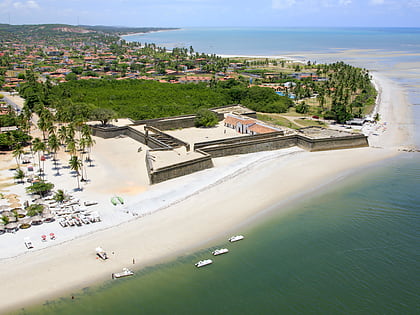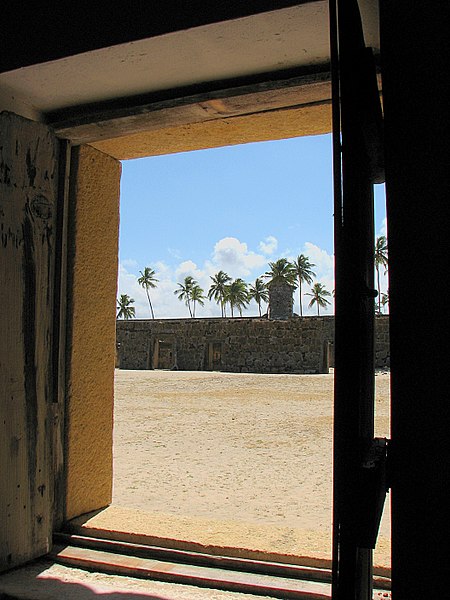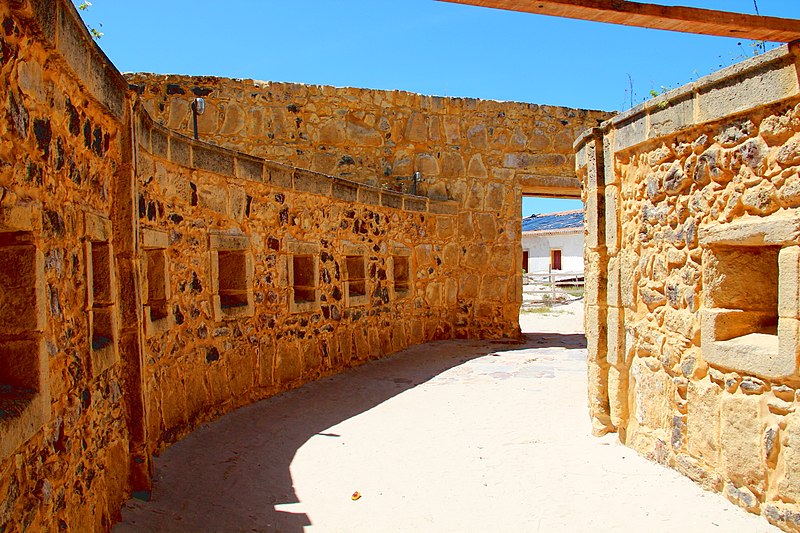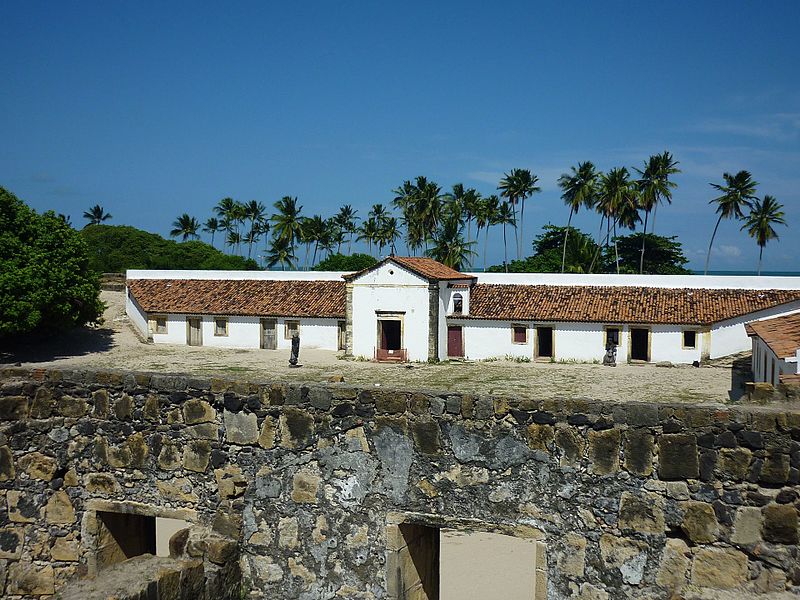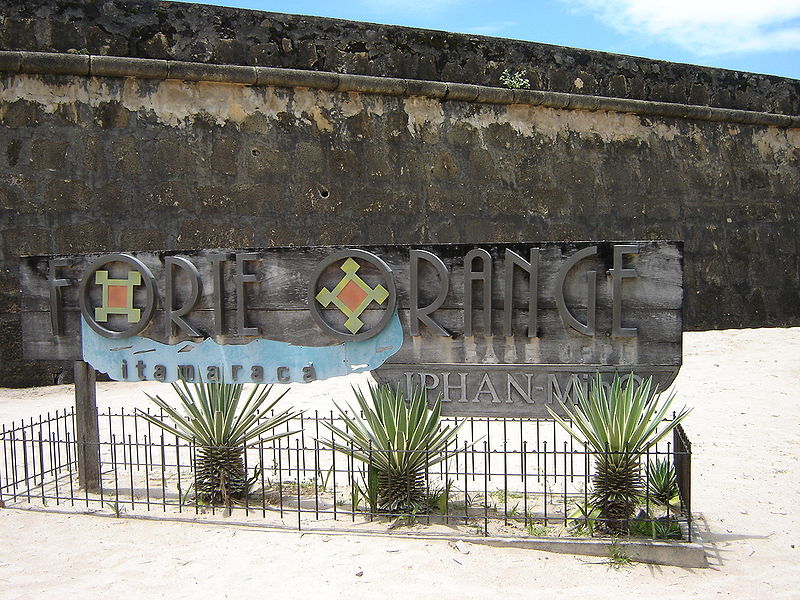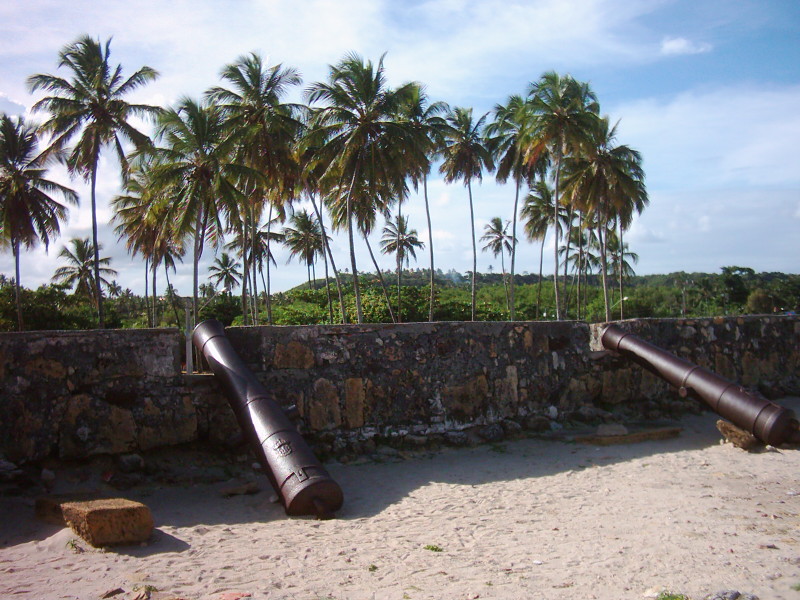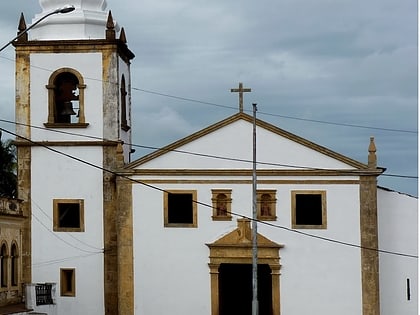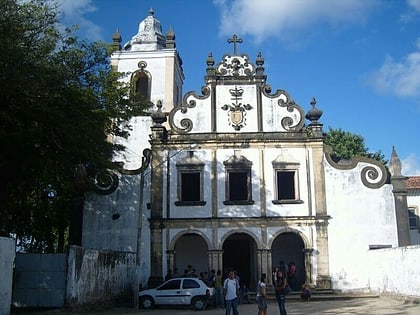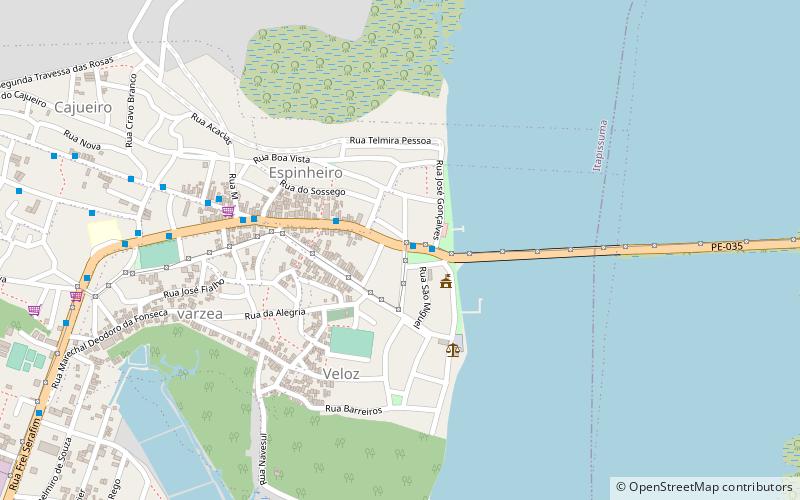Fort Orange, Itamaracá
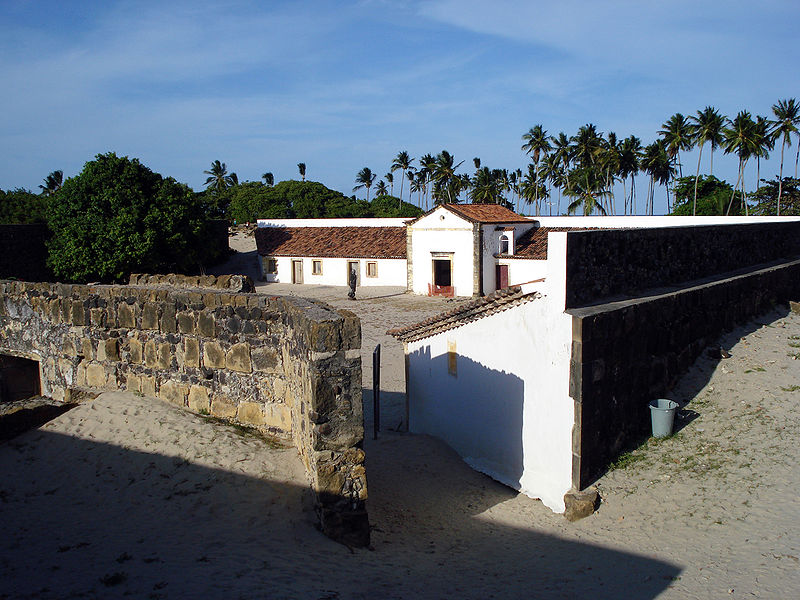
Facts and practical information
Fort Orange: A Glimpse into Brazil's Colonial Past
Nestled on the picturesque island of Itamaracá in Brazil, Fort Orange stands as a proud testament to the country's rich colonial history. This archaeological museum, once a fortification, invites visitors on a journey back to the time when the Dutch and Portuguese vied for control of the region.
Constructed in the early 17th century by the Dutch, Fort Orange was built to protect their interests in the area, notably the lucrative sugar cane plantations. The fort's strategic position was vital for overseeing the passage of ships along the channel between Itamaracá and the mainland. The structure reflects the military architecture of the period, with its robust walls and cannons still pointing out to sea, as if safeguarding the island from long-gone invaders.
Today, Fort Orange has been transformed into an archaeological museum, allowing tourists to immerse themselves in the story of the fort and the island's historical significance. The museum exhibits a collection of artifacts unearthed from the site and the surrounding areas, providing insights into the lives of the soldiers who once manned the ramparts and the indigenous populations that interacted with the European settlers.
Visitors can explore the remnants of the fort's barracks, chapel, and prison cells, each telling a different facet of the island's past. Informational plaques offer context and narratives that enrich the experience, making it not just a visual exploration but also an educational one.
The setting of Fort Orange is as much a part of the attraction as the museum itself. The fort is surrounded by lush tropical vegetation and overlooks the sparkling waters of the Atlantic, offering stunning views and photo opportunities for nature and history enthusiasts alike.
50 km ao Norte do RecifeItamaracá
Fort Orange – popular in the area (distance from the attraction)
Nearby attractions include: Church of São Cosme e São Damião, Church and Convent of Saint Antony, Itapissuma.
